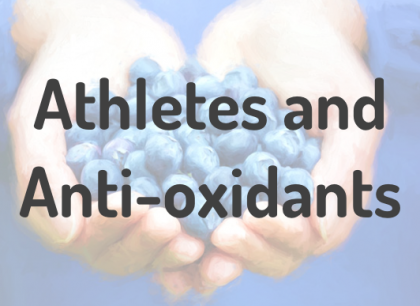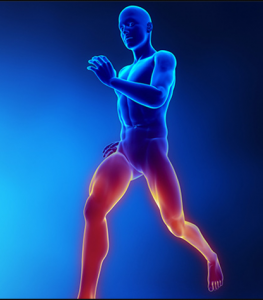May 15, 2020
Originally published in February 2017, updated and made more awesome in May 2020.
You may have heard that antioxidants can help reduce your recovery time after strenuous exercise.
You know the stiffness, swelling, pain, fatigue and reduced strength that your muscles experience after a good workout?
Antioxidants can help! Well, some of them can.
Today I’m going to dive into some of the science, but I also want to note that more research is needed.
In this article, we’ll go over how the muscles get “oxidative stress” in the first place, and what “antioxidants” actually are. Then we’ll look at some of the research on the effects of both antioxidant supplements and antioxidant foods on muscle recovery.
And lastly, we’ll look at when the best time is to get those antioxidants for maximal impact.
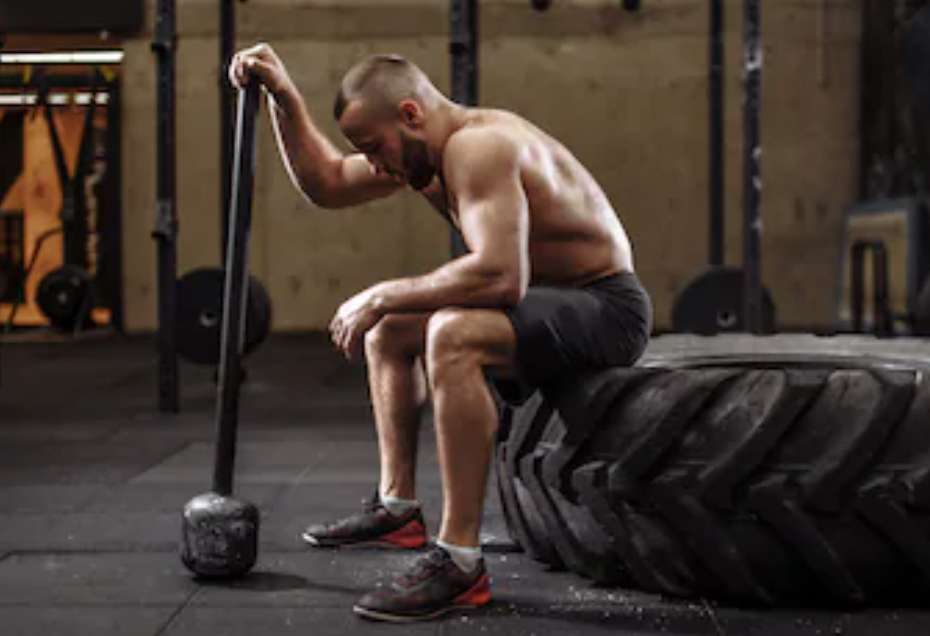
FIRST OFF – WHY DO MUSCLES GET SORE AFTER A WORKOUT?
You’ve probably heard of DOMS (delayed onset muscle soreness), also called EIMD (exercise-induced muscle damage). This is an “official” term used to describe the stiffness, swelling, pain, fatigue and reduced strength that can follow one, two, or even up to five days after a tough workout.
With EIMD symptoms, strength can decline by up to 40-50%, and this can significantly reduce performance for days afterwards, thereby impeding your athletic training and gains.
This is because, at a microscopic level, after a good workout, there is damage to the muscle cells; and so the body’s natural repair mechanisms kick into gear. They bring fluid and immune cells to help fix those muscle cells so they can start rebuilding. This causes the inflammation and oxidative stress that show up as the symptoms of EIMD.
After a workout, the inflammation actually helps to repair the muscle. This inflammation is exactly what is needed so that the muscle can rebuild a bit stronger than it was before. In fact, this is what makes muscle recovery time critical.
So, as you can see, we don’t want to eliminate the symptoms and recovery time, we just want to reduce them, so we can get back to training again.
And, of course, exercise is just one of many things that cause oxidative stress and inflammation within the body.
BACK TO BASICS – WHAT EXACTLY IS AN ANTIOXIDANT?
“Oxidation” is a natural chemical process. It’s why some fruit goes brown once it’s cut.
Have you ever squeezed lemon juice onto a sliced avocado? The vitamin C in the lemon juice can help prevent it from browning too quickly – it helps to slow the oxidative damage that causes that browning. That makes the vitamin C an “antioxidant”.
Some of the well-known antioxidants are actually essential nutrients, like vitamins C and E, for example. There are also other types of antioxidants that are not vitamins. Some of these are phytochemicals (phyto=plant) in your fruits and vegetables, especially brightly-coloured plants.
As you know, fruits and vegetables are great for overall health and to reduce risk of many chronic diseases. One of the reasons why they’re so healthy is precisely because of their nutrients, phytochemicals and anti-oxidant properties.
Browning avocados aside, oxidation is a natural and healthy process within our bodies. It is essential for many normal processes, like when our white blood cells try to kill an invading bacteria, and to help repair muscle cells after a workout.
The thing is, as with everything in our bodies, processes work best when kept in balance.
So, the problem of oxidation is not the fact that it occurs in the first place, but only when there is too much of it, and the oxidation vs. antioxidation balance is thrown off. And that is what is known as “oxidative stress”.
HOW CAN ANTIOXIDANTS REDUCE MY RECOVERY TIME?
So now you know that you want your muscles to go through the natural processes of inflammation and oxidation in order for them to recover properly; and therefore grow. Thus, a balanced amount of oxidation and inflammation is your friend. This supports your body’s natural adaptive antioxidant defense system.
You don’t want to completely eliminate the oxidative stress that is part of EIMD, you just want to help your body re-balance itself quicker to speed up the recovery process.
Here’s where antioxidants can help.
CAN ANTIOXIDANT SUPPLEMENTS HELP WITH EIMD?
You may have heard (or tried) taking antioxidant supplements like vitamins C or E. But what is the scientific evidence that this works to reduce muscle recovery time?
On one hand, vitamin supplements can be a good source of nutrients, as long as you take them as directed (i.e. don’t go overboard on them because more is not always better).
On the other hand, there is conflicting evidence as to whether supplementing with vitamin C actually helps with EIMD. Some studies show benefit, some show no effect, while others show longer recovery times.
WHAT ABOUT NON-VITAMIN ANTIOXIDANT SUPPLEMENTS?
Several clinical studies of flavonoid (non-vitamin antioxidants) supplements like quercetin and resveratrol showed no improvements in muscle recovery.
In terms of antioxidant supplements in general, just like with antioxidant vitamin supplements, they just don’t seem to have held up to scientific scrutiny.
CAN ANTIOXIDANT FOODS/DRINKS HELP WITH EIMD?
Many studies show that eating a variety of antioxidant-rich fruits and vegetables contribute to overall health much more than taking isolated nutrients in a supplement.
Some of the richest sources of antioxidant fruits include brightly-coloured plants. Blueberries, for example have a high antioxidant ability (known as “ORAC – oxygen radical absorption capacity”), not because of their vitamins, but because they contain a lot of phytochemicals, like “anthocyanins”, amongst others (tart cherry juice, pomegranate, or black currant nectar).
In fact some antioxidant benefits of fruit juices seem to go above and beyond the amount of vitamin C they contain. So, it’s not just about the vitamins – these phytochemicals are very powerful!
A few studies have shown improved muscle recovery after drinking tart cherry juice. Benefits include speeding recovery time, reducing inflammation and loss of muscle strength, as well as reducing pain after distance running.
Blueberries and black currant nectar have also been shown to speed muscle recovery and/or reduce muscle damage and inflammation.
So, the antioxidants that seem to help reduce EIMD symptoms are berries, cherries, currants and their juices.
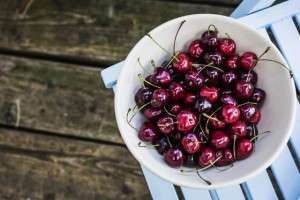
WHEN SHOULD I EAT/DRINK ANTIOXIDANTS?
We know that the antioxidant status of the blood can increase within one hour of eating wild blueberries.
So, when should we ingest our antioxidants to help reduce muscle recovery time?
Most of the studies that showed benefits had people eat or drink their fruits for 4-7 days before their exercise, as well as on the day of. Some even had participants continue for several days afterwards.
One review recommends daily consumption of tart cherries for faster recovery from EIMD.
Blueberries have been shown to speed muscle recovery when eaten both before AND after strenuous exercise.
Of course, athletes training virtually daily, making regular consumption of our phytochemical-rich antioxidants imperative.
SUMMARY
- Exercise-induced muscle damage, EIMD is an “official” term to describe the stiffness, swelling, pain and fatigue and reduced strength that can follow one, two, or even up to five days after a tough workout.
- After a workout, the inflammation actually helps to repair the muscle, so it is exactly what is needed so that the muscle can rebuild a bit stronger than it was before. So, the goal is not to eliminate the symptoms and recovery time, just to reduce it.
- Antioxidant supplements don’t seem to have much beneficial effect, and can be harmful in large doses.
- There are some good studies on using blueberries, tart cherry juice and black currant nectar for their help with muscle recovery.
- When it comes to reducing recovery time, most of the research has shown a benefit when eating or drinking these fruit and/or juices for several days before, as well as the day of, and even after strenuous exercise. EAT THEM DAILY for optimal antioxidant protection.
- More studies are being done, so keep your eye out for updates in this area.
We can help determine your unique nutrition and anti-oxidant needs as an athlete, book your FREE 30 minutes Discovery Call with us today!
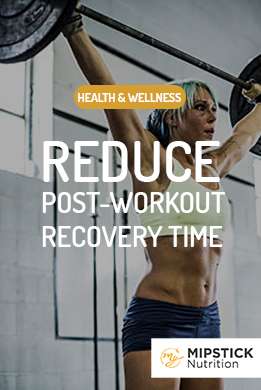
You may have heard that antioxidants can help reduce your recovery time after strenuous exercise.
You know the stiffness, swelling, pain, fatigue and reduced strength that your muscles experience after a good workout?
Antioxidants can help! Well, some of them can.

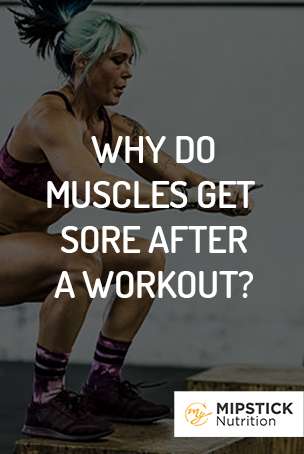
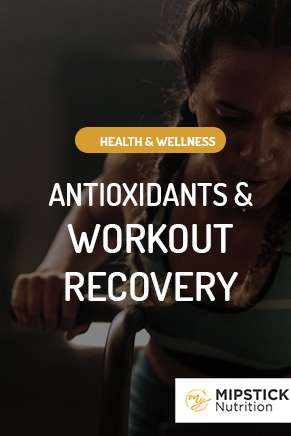
Why do muscles get sore after a workout and how can I reduce post-workout recovery time?
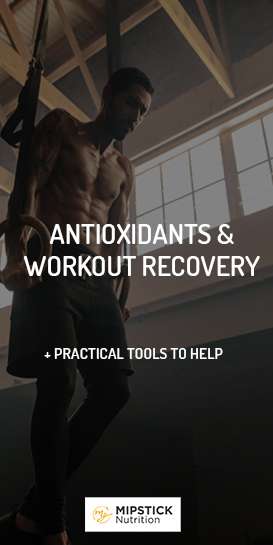
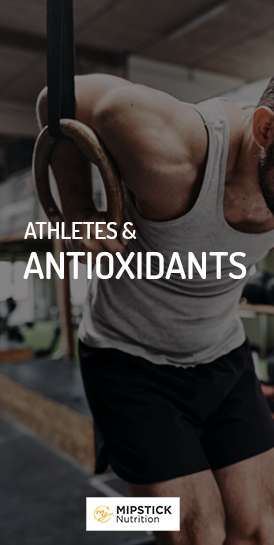
Athletes & Antioxidants
The entire contents of this website are based upon the opinions of Build Holistic Nutrition. Please note that Build Nutrition is not a dietitian, physician, pharmacist or other licensed healthcare professional. The information on this website is NOT intended as medical advice, nor is it intended to replace the care of a qualified health care professional. This content is not intended to diagnose or treat any diseases. Always consult with your primary care physician or licensed healthcare provider for all diagnosis and treatment of any diseases or conditions, for medications or medical advice, as well as before changing your health care regimen.
© BUILD NUTRITION 2025. ALL RIGHTS RESERVED. PRIVACY POLICY
Go ahead, creep us on social. You know you want to!
